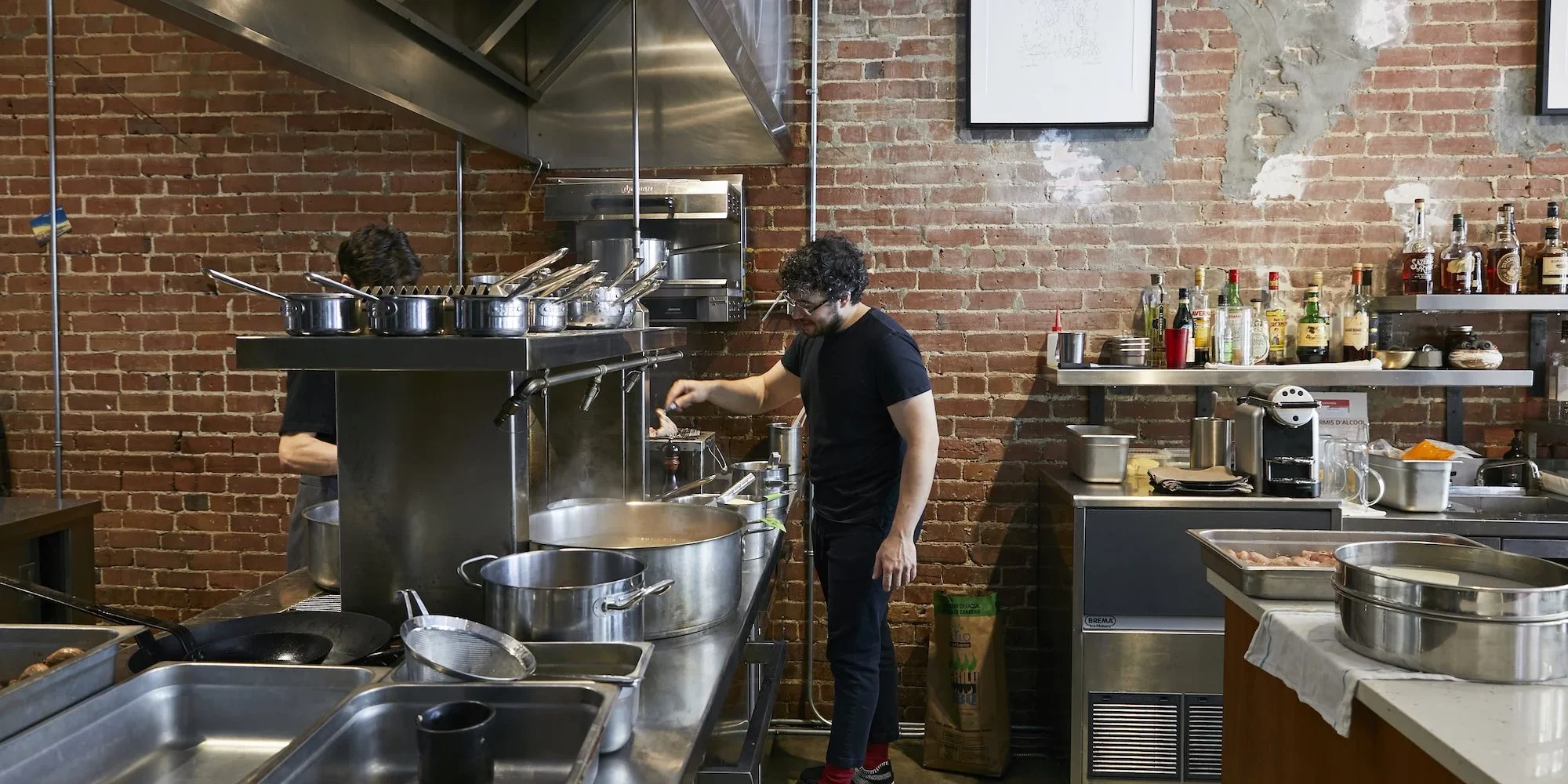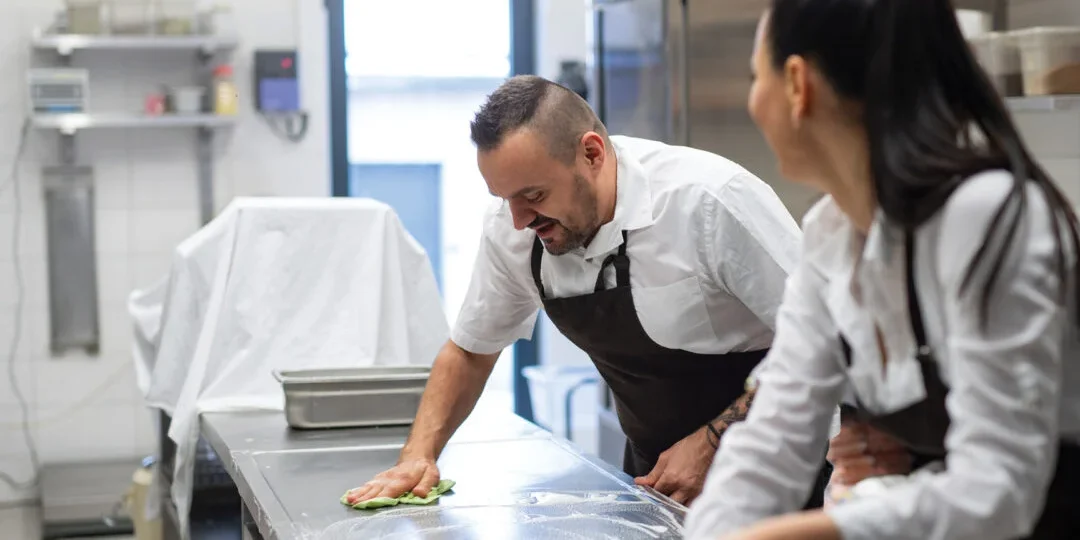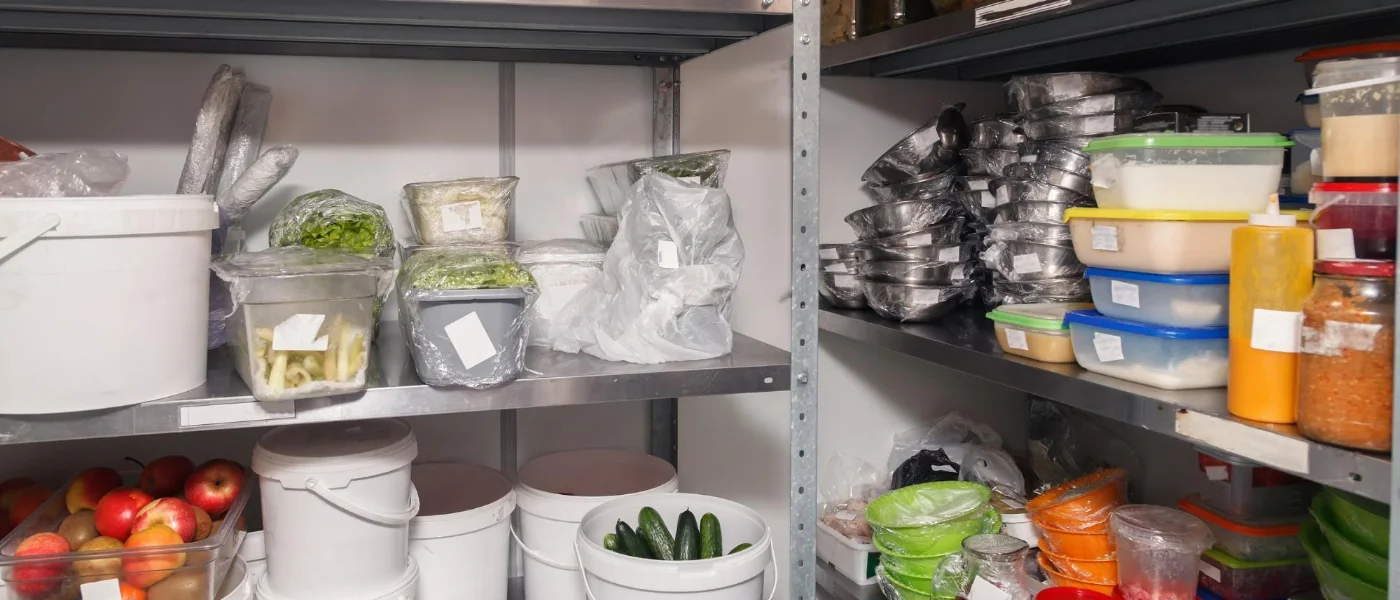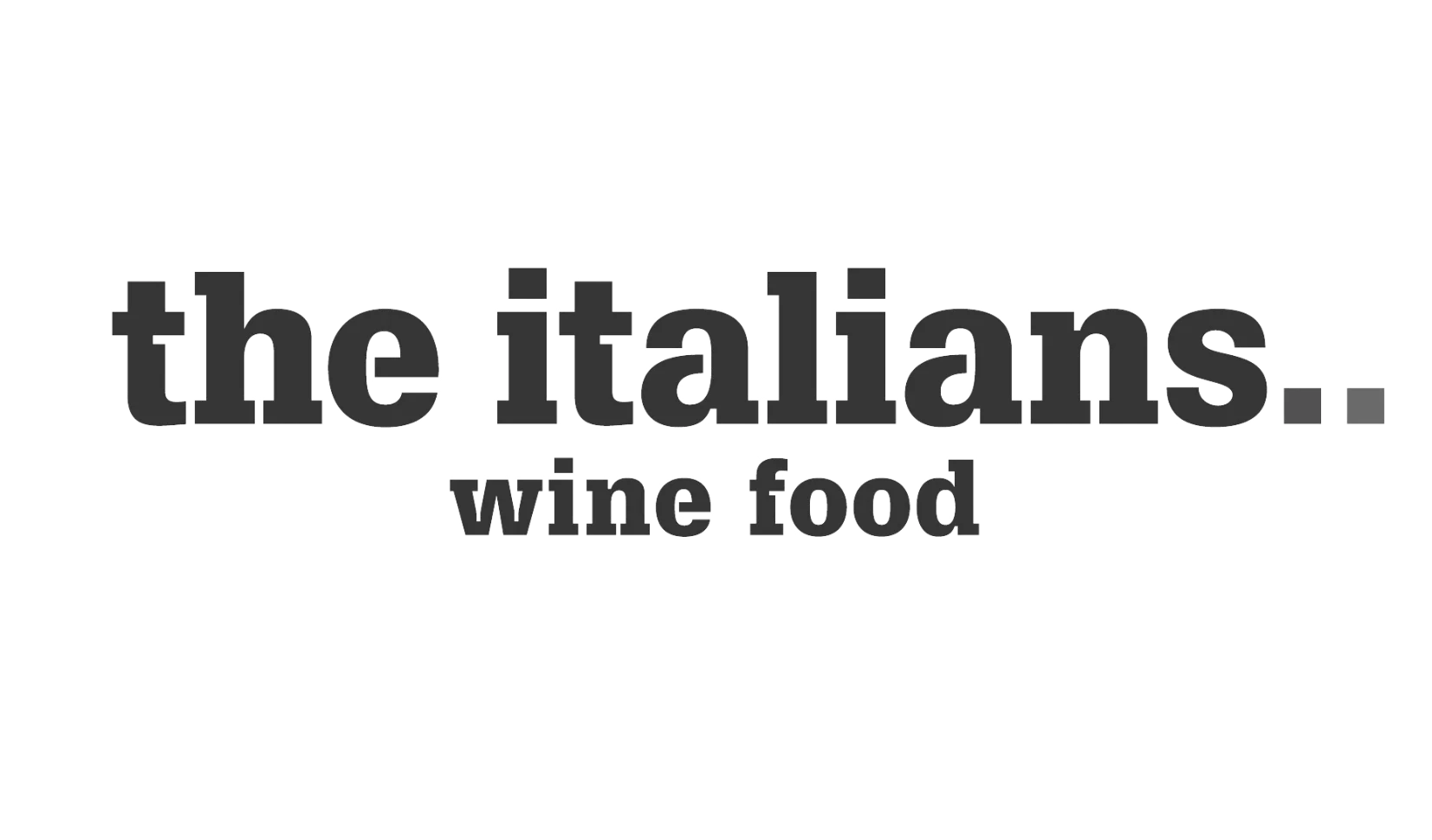There’s a lot to be said about the value of a well-designed kitchen. Proper positioning can increase production and efficiency, which boils down to happier customers and a happier bank account. This blog post provides five great suggestions to assist you make your restaurant kitchen design better. Let’s start now!
1. Increase efficiency with a functional layout
Any gamers out there who have ever played the PS4 game Overcooked have surely experienced the frustration that a poorly designed kitchen can bring!
So do yourself a favour and choose a layout that is practical, enhances workflow and reduces unnecessary movement. Think about these crucial elements:
Work Triangle: To ensure a smooth flow, arrange the cooking station, the prep space and the storage in a triangle. This shortens the time and effort needed to prepare meals by enabling your kitchen workers to move smoothly between stations.
Proper Spacing: Prevent congestion and promote easy movement, by making sure there is enough space between the equipment, workstations and storage facilities. When choosing the best location for your kitchen you need to take into account the size of your staff and the number of orders.
Station Placement: Strategically place stations based on their frequency of use. For instance, place commonly used ingredients and tools close to the cooking station to cut down on time spent looking for important items.
2. Spend money on high-quality business equipment

A smooth and effective kitchen operation depends on high-quality commercial equipment. As Benjamin Franklin famously quoted, “The bitterness of poor quality remains long after the sweetness of low price is forgotten”. You get what you pay for in life, so better spend that little extra in order to have equipment that lasts.
When selecting your equipment, keep the following things in mind:
Durability: Choose equipment that is composed of strong materials that can resist the stresses of a busy kitchen. Stainless steel is a popular material because of its sturdiness, simplicity of cleaning and resistance to corrosion.
Energy Efficiency: Choose energy-efficient appliances to help cut down on power expenditures over time. Look for equipment that has earned the ENERGY STAR accreditation, which attests to its capacity for energy conservation.
Ergonomics: Choose equipment that is ergonomically constructed to reduce stress on your kitchen crew. Think of features like movable handles, simple controls and adjustable heights.
3. Put safety and cleanliness first

A recent study by Antea Group in the US, on EHS (Environmental, Health & Safety) has found that:
1. 24% of food workers have been injured at their current job, and 17% of workers were injured in their first year.
2. 42% of workers rarely or never receive coaching from their manager or supervisor, and 20% said they received too little training before starting their job.
3. 89% of illness outbreaks at restaurants are caused by food contamination by workers.
4. Studies show that for every $1 spent on safety programs, $5 is saved in accident avoidance and other related savings.
5. Food manufacturing workers have a 60% higher rate of occupational injury and illness than workers in other industries. The risk of occupational death is 9.5 times higher for food industry workers than in non-food jobs.
6. Severe injuries that require time off work are more than twice as frequent among food manufacturing workers.
7. Researchers found that injuries from slips, trips and falls were highest in food processing, storage and retail.
To ensure the health and safety of your customers and kitchen staff, consider the following rules:
Install a suitable ventilation system to remove heat, smoke, and odours from the kitchen. This keeps the kitchen personnel at a comfortable temperature while also improving the air quality.
Install smoke detectors, fire extinguishers and fire suppression equipment in your kitchen. Make sure there are well-defined evacuation routes and that your team is trained in fire safety procedures.
Pick materials that are simple to clean and sterilise, such non-porous flooring and stainless steel countertops. Use correct food handling and storage procedures to avoid cross-contamination.
Read our blog on “How to pass a food safety inspection” for more information about food safety procedures.
4. Maximise organisation and storage

Here are some tips for maximising storage space and keeping your kitchen organised:
Utilise vertical space by installing shelves, racks and hanging systems. This makes it simple to get at the pots and pans, utensils and ingredients that are frequently used.
Organise your storage spaces by classifying the equipment and ingredients. Make it simple for your personnel to rapidly locate products by clearly labelling the contents of containers and shelves.
Implement the “First In, First Out” (FIFO) system for storing ingredients. By ensuring that older things are consumed first, waste is reduced and freshness is maintained.
5. Embrace technology

Don’t be afraid of technology! It can greatly improve how your kitchen runs. Here are some technical innovations that can help improve your operations:
Improve communication between the front-of-house crew and the kitchen, by implementing a digital kitchen display system. This reduces the need for handwritten tickets and increases the precision of orders.
Use recipe management software to standardise recipes, keep track of component amounts, and compute the cost of food. This promotes consistency across your menu selections and aids with inventory control.
Even though it’s not specifically related to kitchen design, a restaurant management system like Tableo will help streamline your restaurant’s overall operations. It provides a seamless dining experience, enables you to manage reservations, monitor customer preferences, and optimise seating arrangements.
So to sum up
Incorporating these tips into your restaurant kitchen design can make a significant difference in the efficiency and functionality of your operation. Remember to consider the specific needs of your restaurant and customise your design accordingly. With careful planning and attention to detail, you can create a kitchen that not only meets operational requirements but also enhances the overall dining experience for your customers. Happy cooking!

Unlock the tips that will help you stand out from the crowd and get more bookings!

Learn how to save time, reduce stress and fill your restaurant while you sleep!

Stephanie Paris
Gen-Z marketing coordinator bringing fresh energy to web and graphic design, with a weekend habit of chasing adventure.

Stephanie Paris
Gen-Z marketing coordinator bringing fresh energy to web and graphic design, with a weekend habit of chasing adventure.









